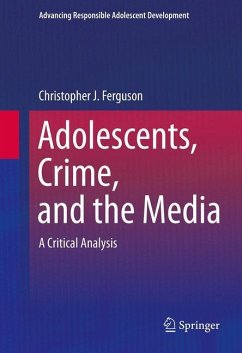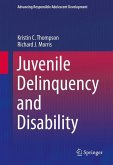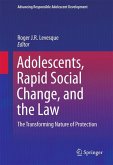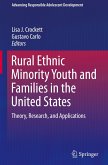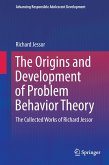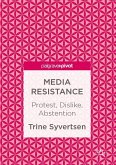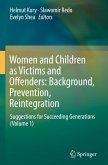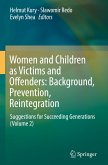A campus shooting. A gang assault. A school bus ambush. With each successive event, fingers are pointed at the usual suspects: violent films, bloody video games, explicit web sites. But to what extent can-or should-the media be implicated in youth crime? And are today's sophisticated young people really that susceptible to their influence?
Adolescents, Crime, and the Media critically examines perceptions of these phenomena through the lens of the ongoing relationship between generations of adults and youth. A wealth of research findings transcends the standard nature/nurture debate, analyzing media effects on young people's behavior, brain development in adolescence, ways adults can be misled about youth's participation in criminal acts, and how science can be manipulated by prevailing attitudes toward youth. The author strikes a necessary balance between the viewpoints of media providers and those seeking to restrict media or young people's access to them. Andthe book brings scientific and intellectual rigor to culturally and politically charged issues as it covers:
Violence in the media.Media portrayals of crime and youth.Research on violent television programs, video games, and other media as causes of crime.Effects of pornography on behavior.Public policy, censorship, and First Amendment issues.
Adolescents, Crime, and the Media is an essential resource for researchers, graduate students, professionals, and clinicians across such interrelated disciplines as developmental psychology, sociology, educational policy, criminology/criminal justice, child and school psychology, and media law.
Adolescents, Crime, and the Media critically examines perceptions of these phenomena through the lens of the ongoing relationship between generations of adults and youth. A wealth of research findings transcends the standard nature/nurture debate, analyzing media effects on young people's behavior, brain development in adolescence, ways adults can be misled about youth's participation in criminal acts, and how science can be manipulated by prevailing attitudes toward youth. The author strikes a necessary balance between the viewpoints of media providers and those seeking to restrict media or young people's access to them. Andthe book brings scientific and intellectual rigor to culturally and politically charged issues as it covers:
Violence in the media.Media portrayals of crime and youth.Research on violent television programs, video games, and other media as causes of crime.Effects of pornography on behavior.Public policy, censorship, and First Amendment issues.
Adolescents, Crime, and the Media is an essential resource for researchers, graduate students, professionals, and clinicians across such interrelated disciplines as developmental psychology, sociology, educational policy, criminology/criminal justice, child and school psychology, and media law.
Christopher Ferguson's book Children, Crime, and the Media: A Critical Analysis describes how the news media often speculates about a relationship between juvenile violence and violent video games, movies, and other forms of media. Ferguson suggests that speculation is sometimes without merit and then seeks to determine what link, if any, there is between youth crime and various forms of media.
Children, Crime, and the Media: a Critical Analysis is highly critical of studies researching a causal connection between media and youth violence, and there may be good reasons for those criticisms given the politicization of the issue. Perhaps surprisingly to those who are unfamiliar with this area of research, there is little evidence that exposure to violent or sexual media increases the prevalence of youth crime. Ferguson's book suggests that concerns regarding perceived harmful effects of media seem generally unwarranted; therefore, media censorship, as related to minors, and the subsequent impediment to minors' First Amendment rights are similarly unwarranted.
Natalie N. Short
Indiana University Maurer School of Law
"Christopher J. Ferguson: Adolescents, Crime, and the Media: A Critical Analysis" in Journal of Youth and Adolescence
Children, Crime, and the Media: a Critical Analysis is highly critical of studies researching a causal connection between media and youth violence, and there may be good reasons for those criticisms given the politicization of the issue. Perhaps surprisingly to those who are unfamiliar with this area of research, there is little evidence that exposure to violent or sexual media increases the prevalence of youth crime. Ferguson's book suggests that concerns regarding perceived harmful effects of media seem generally unwarranted; therefore, media censorship, as related to minors, and the subsequent impediment to minors' First Amendment rights are similarly unwarranted.
Natalie N. Short
Indiana University Maurer School of Law
"Christopher J. Ferguson: Adolescents, Crime, and the Media: A Critical Analysis" in Journal of Youth and Adolescence

